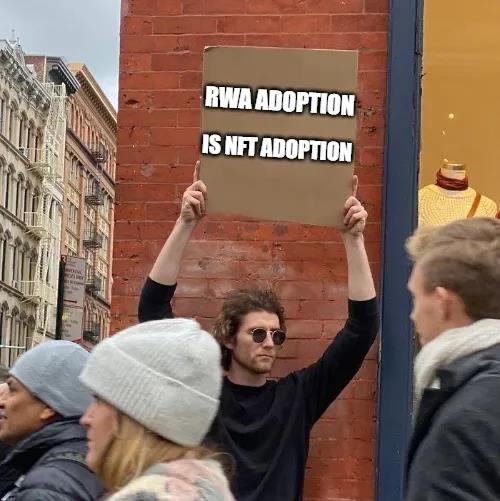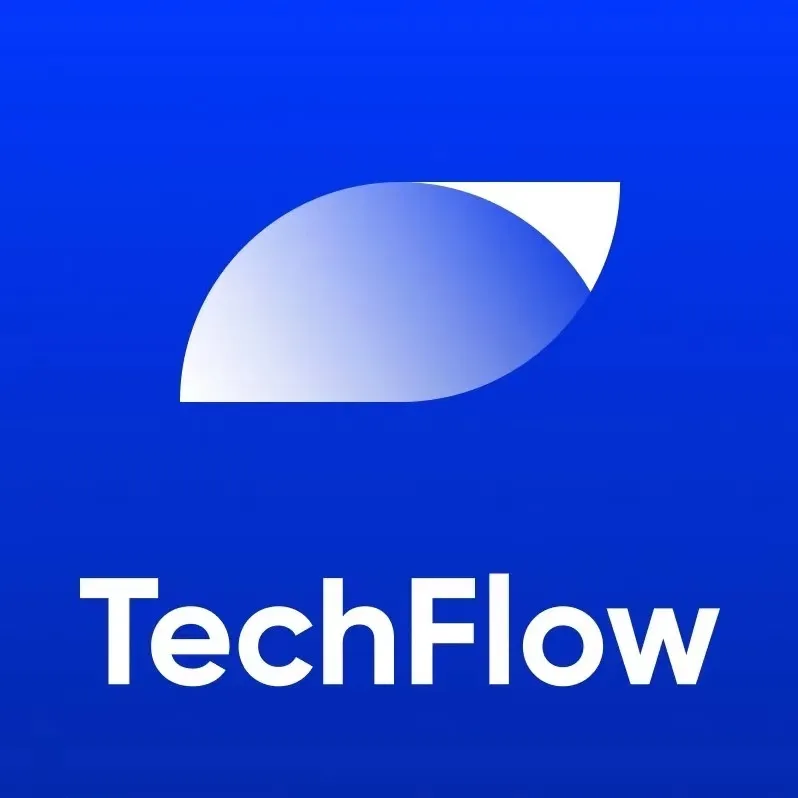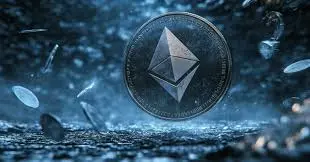The large-scale adoption of RWA will begin with the market acceptance of NFTs
Original Title: RWAs and NFTs
Original Author: WILLIAM M. PEASTER
Original Translation: 深潮 TechFlow
In short, Real World Assets (RWAs) come in two types: one represents financial instruments (bonds, real estate, stocks, etc.), and the other represents cultural items (baseball cards, Pokémon cards, etc.).
In either case, an increasing number of people and organizations are experiencing the process of "on-chaining" "offline" items to leverage the unique capabilities that networks like Ethereum can offer. Think of the non-custodial lending capabilities in decentralized finance (DeFi) or the public, global auction infrastructure provided by non-fungible tokens (NFTs). At its core, it’s about making illiquid assets more liquid.
However, RWAs are not a new phenomenon in the crypto space. For example, Maker, as the first widely adopted DeFi protocol, has been increasingly using RWAs like government bonds to back its Dai stablecoin since April 2021. Other DeFi projects, such as Canto, Frax, Maple, and Polygon, have also made deeper strides in the RWA space recently.

However, if you look closely, the dominant approach in DeFi so far has been like Maker's, which tokenizes RWAs through interchangeable ERC-20 token pools. Given that RWAs now back the majority of Dai, this approach has been effective at least up to this point.

In contrast, in the cultural realm, NFTs have become the preferred tokenization tool, as they are well-suited for one-to-one mapping with unique collectibles, such as a first edition "mint" Charizard card, which cannot be exchanged for other collectibles.
One of the most noteworthy projects currently is Courtyard.io, which recently made waves with the release of Pokémon cards on Polygon.
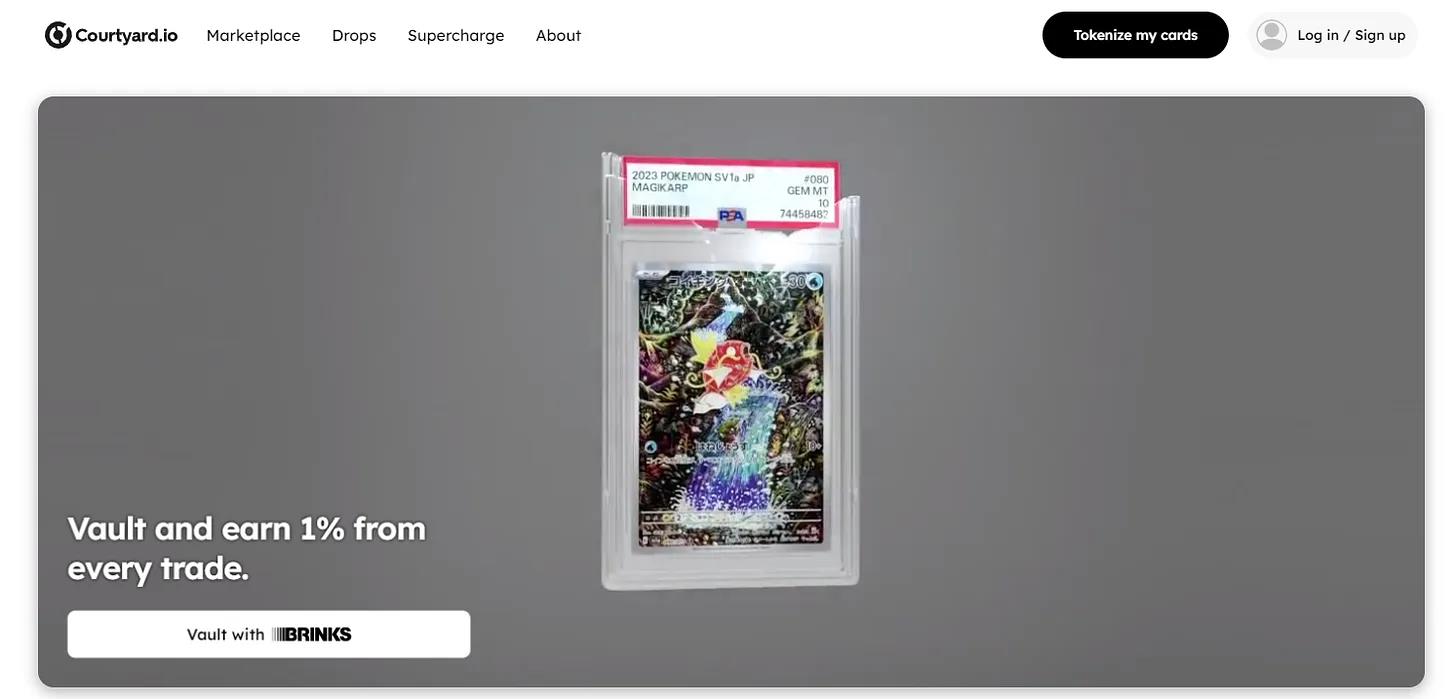
Courtyard is not only a tokenization service but also a marketplace that allows collectors to vault and tokenize their own graded trading cards, or buy and sell cards that have already been tokenized by others. Its card packs, some priced as low as $5 each, sell out in seconds, and recently, one unboxer won a brand new "Mario Pikachu" card worth approximately $6,000!
All cards on the platform are authenticated and then stored in Brink's vault, ensuring the integrity and redeemability of the associated NFTs at all times.

However, at the intersection of NFTs and RWAs, it’s not all fun and games; we are also seeing some finance-centered use cases beginning to gain initial attention.
For example, Roofstock onChain has resold several houses in the real world through NFTs on OpenSea, with the highest sale price currently at 218k USDC.
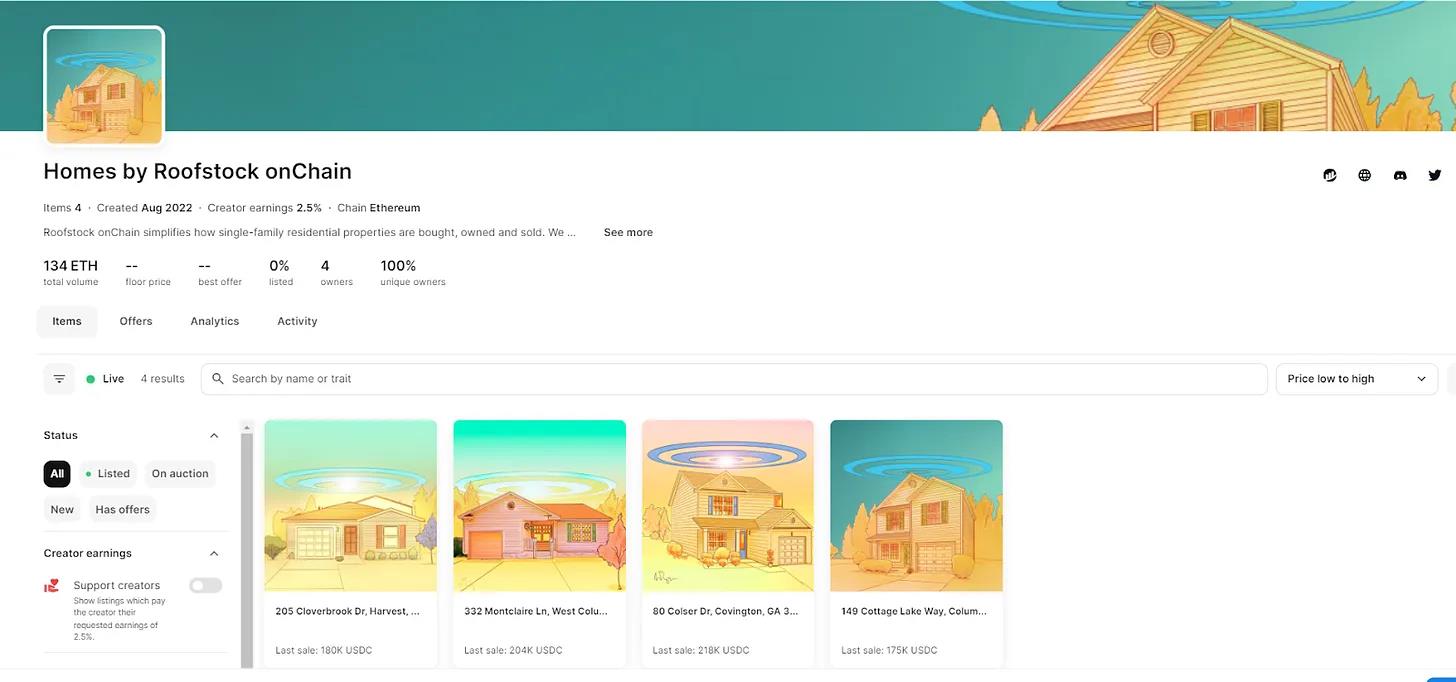
Over time, I predict we will see more DeFi projects adopting NFT tokenization methods as more unique financial assets are on-chained, and innovations around NFTs continue to emerge.
Indeed, whether in cultural or financial aspects, we have already opened up new possibilities, such as fungibility and composability— for example, you can now put other tokens into your RWA NFTs via ERC-6551, or place your RWA NFTs into other on-chain things, like on-chain game engines.
This may sound a bit far-fetched right now, but that is the power of RWAs, and it is why they are so appealing for the future: they pave the way for doing things on-chain that you cannot do elsewhere, and that is the magic.
However, at least for now, the RWA space remains a relatively experimental and pioneering field, as the frontier is still being established. Many challenges remain, such as the current lack of regulatory clarity around cryptocurrencies, which keeps many companies and major financial institutions on the sidelines.
As we gain more clarity over time, there may come a day when all financial instruments and many cultural items are released on-chain. So what is my overall point? If that future does indeed arrive, NFTs will undoubtedly play a significant role in making it all happen!
